An Environmentally Responsible Choice
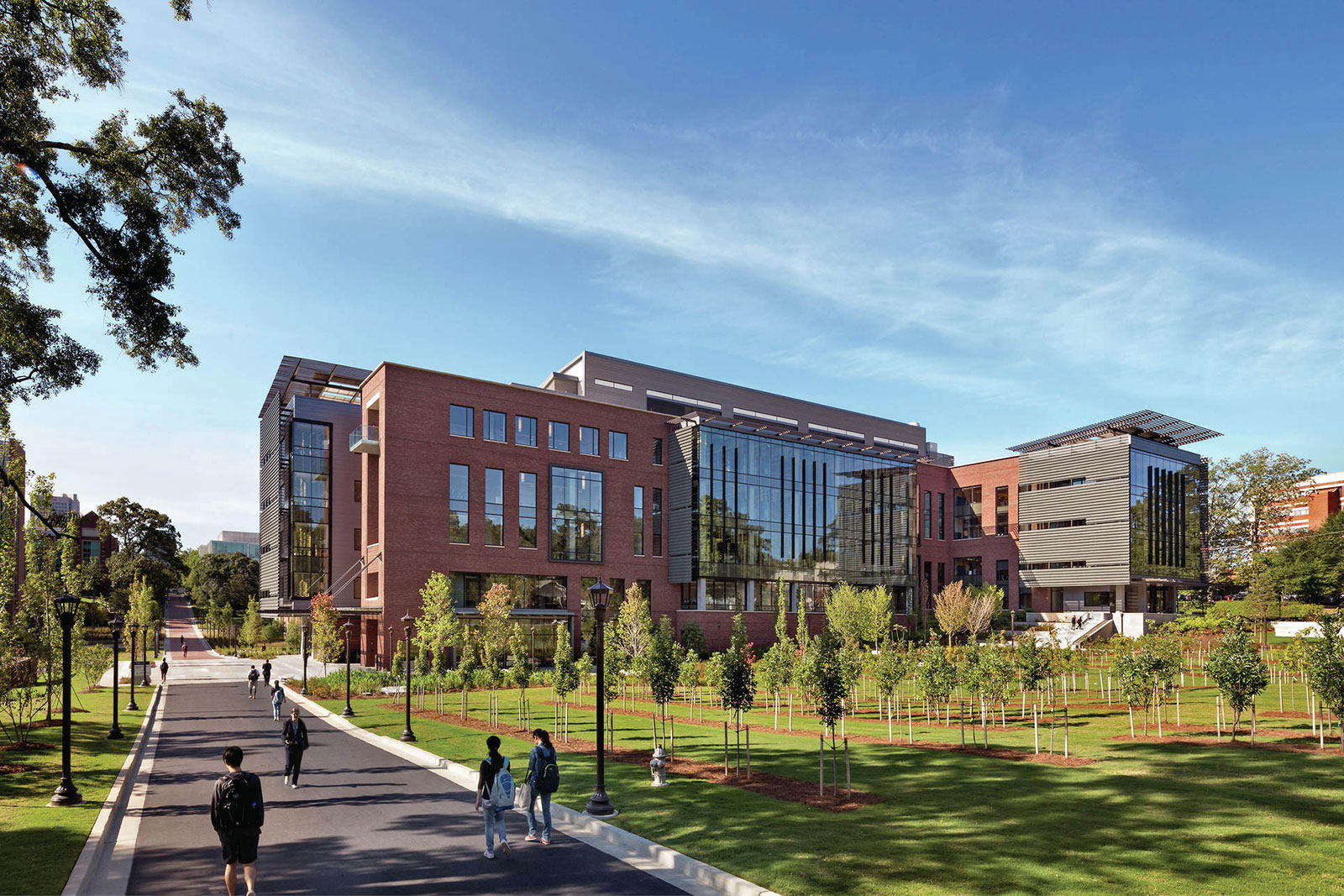
CHEMICAL FREE
Natural and Plentiful
Cherokee bricks are made from clay and shale, which are natural resources found in abundance in Georgia and Mississippi. Because they are wrought directly from the Earth, bricks are completely inert and endlessly recyclable. This reduces the need for extraction of raw materials and the amount of material that goes to landfills.
WASTE FREE
Zero-Waste Production
Cherokee Brick’s brickyards represent a milestone in modern efficiency, as we are able to produce an incredible amount of top-quality brick without placing undue strain on our environment. Each of our production facilities is strategically located to allow for onsite sourcing of raw materials, greatly reducing transportation emissions. The fires of our kilns are fueled by methane gas and sawdust from nearby landfills and furniture manufacturers, while all byproducts of our production process are recycled and re-purposed, assuring that nothing goes to waste.
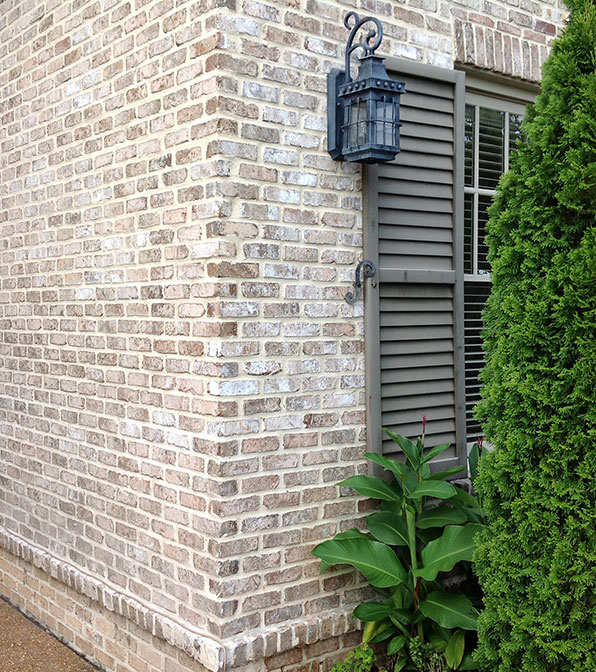
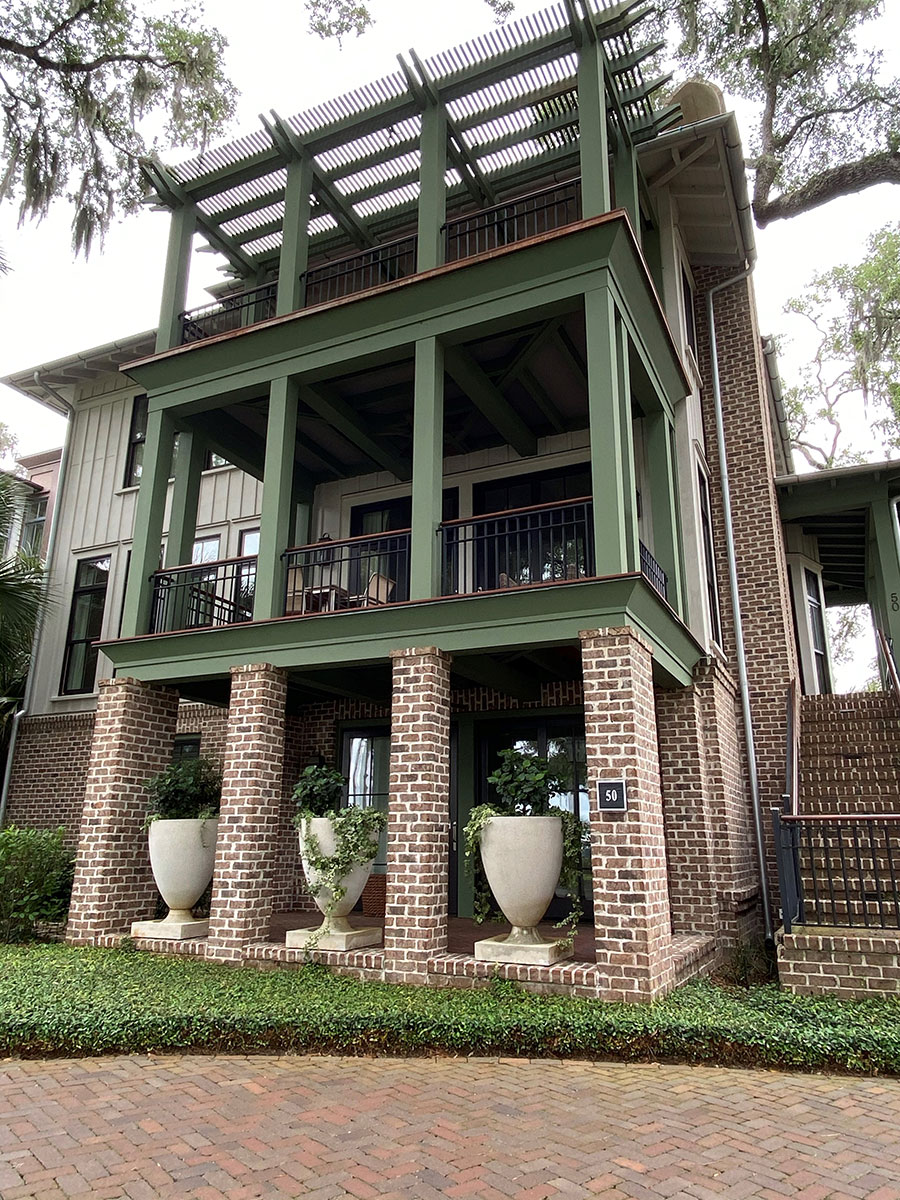
LOWER CARBON FOOTPRINT
Reduced Carbon Impact
Brick is a building material that has exceptional “thermal mass” properties. Thermal mass is the ability of a heavy, dense material to store heat and then slowly release it. For you, this means that during the summer months your brick home stays cool during the hottest part of the day. During the winter, brick walls store your home’s heat and radiate it back to you. As a result of their high thermal mass, bricks provide exceptional insulating properties to homes, reducing power consumption and drastically lowering your carbon footprint.
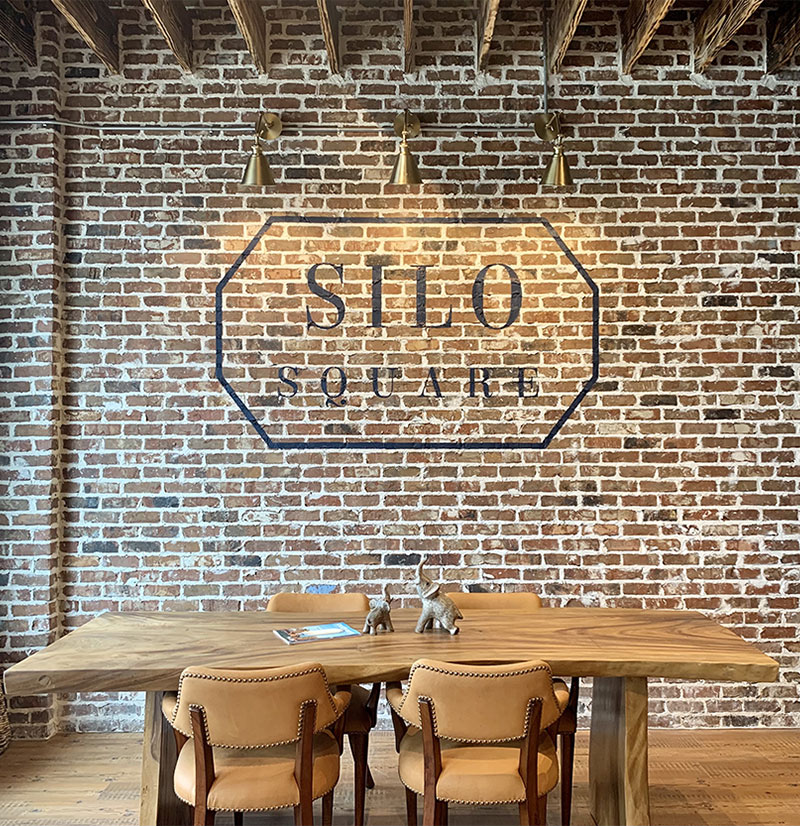

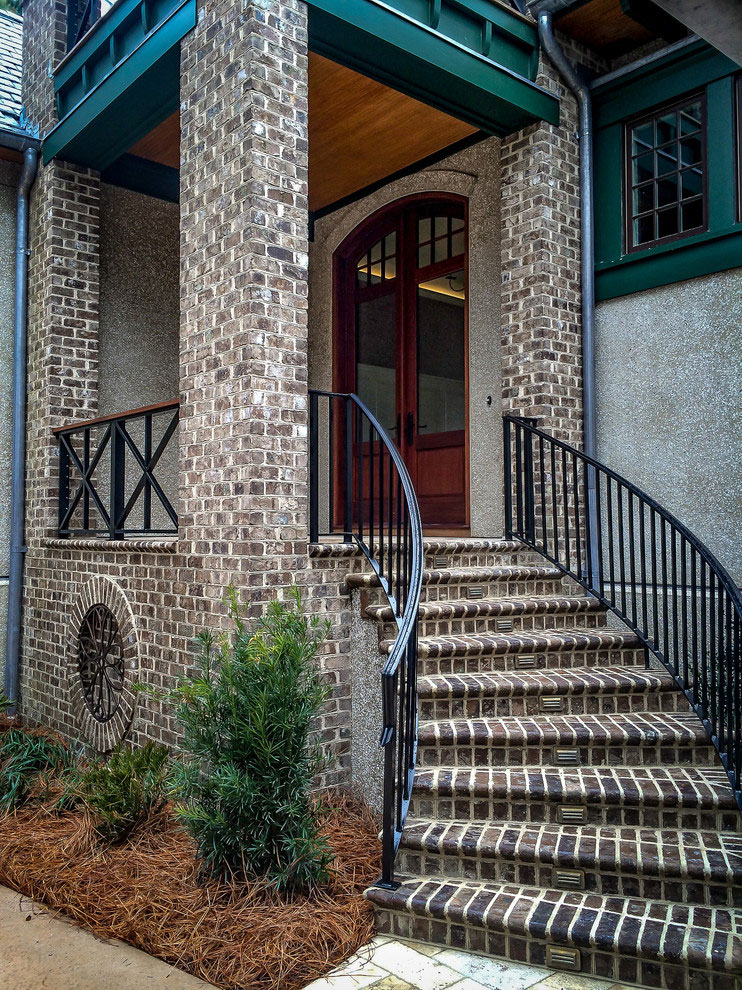
GO GREEN!
The Most Sustainable Green Building Material Made
Given the significance buildings have on energy consumption, brick should be part of a comprehensive green strategy because today’s brick includes:
- Countless Recycling Options. Brick can be salvaged, crushed brick for sub-base materials, and chipped brick for permanent landscaping mulch.
- Low Embodied Energy to Manufacture Brick. With clay brick’s renowned longevity, no additional energy will be needed to make a replacement brick for many decades. In fact, brick is one of the few materials that building codes allow to be reused in a building application when it meets the ASTM standard for clay brick.
- Minimal Waste. Virtually all of the mined clay is used in the manufacturing process making the recycling and waste containment unequalled by any other building material.
- Brick is the first masonry material that can attain a “Certificate of Environmental Claims” from a third party source. The National Brick Research Center, an organization of the College of Engineering and Science at Clemson University, has developed a standard to verify the amount of recycled content in brick, the utilization of renewable energy in the firing process, and the reduction in the amount of resources used to manufacture brick.